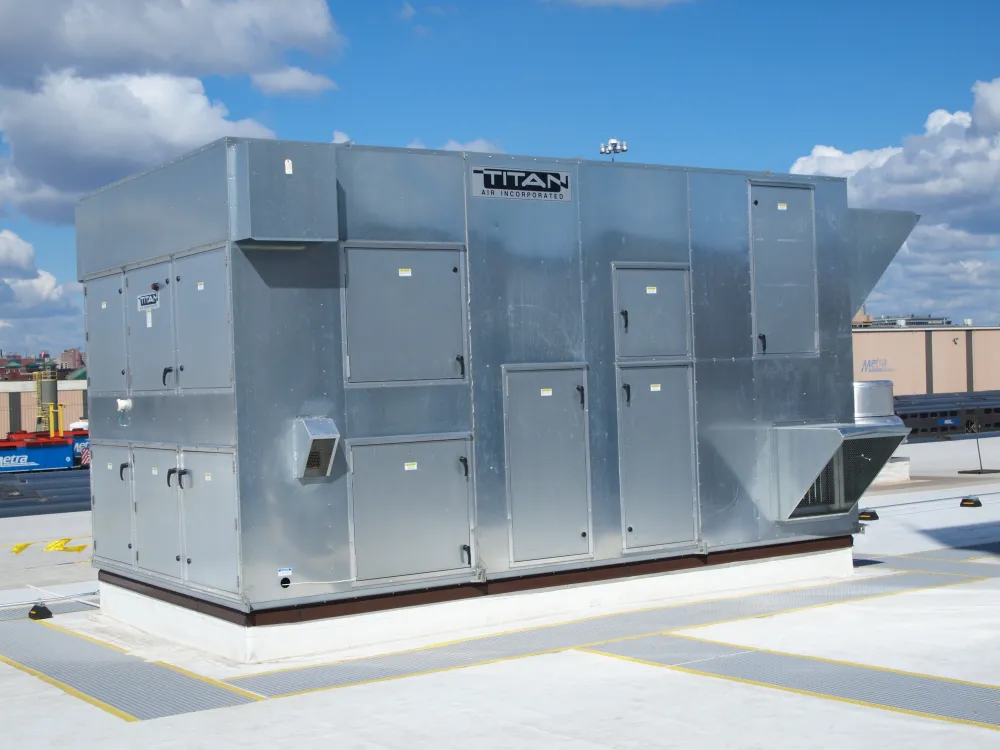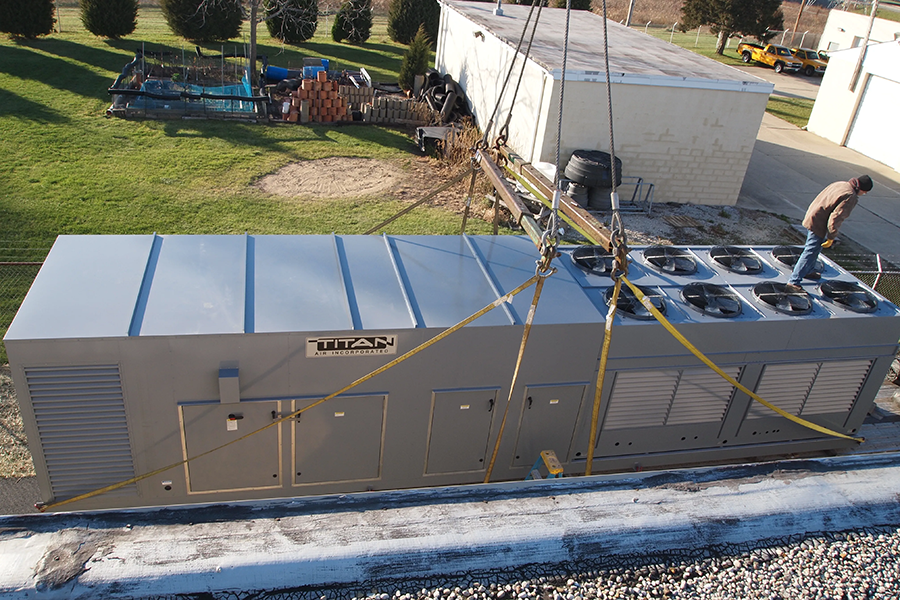Upgrading your laboratory air valves and fume hoods could result in major benefits for your laboratory. Learn more here.
Read More
HVAC News
Explore the latest industry insights and learn more about the top manufacturers from the HVAC experts at Gunn & Pegelow. Ready to discuss your project needs? Get in touch with our team today.
Titan Air Designs Quality, Efficient Makeup Air Equipment
If you are looking for a custom air handler to meet your specific needs, look to Titan Air for assistance.
Read More
Announcing Mars Air Doors in Indiana
Mars Air is the leading manufacturer of air curtains, keeping outside air and bugs out and inside air in.
Read More
Packaging DX Cooling with Direct Fired Heating: A Match Made in Wisconsin
Engis Corporation in Wheeling, IL was expanding its operations to grow their laboratorial and testing environments and took the opportunity to add makeup air for a growing manufacturing facility as well.
Read More
Why Use Mars Air Doors?
If you’re a building designer and considering options to reduce building infiltration, air curtains are a valid one.
Read More





